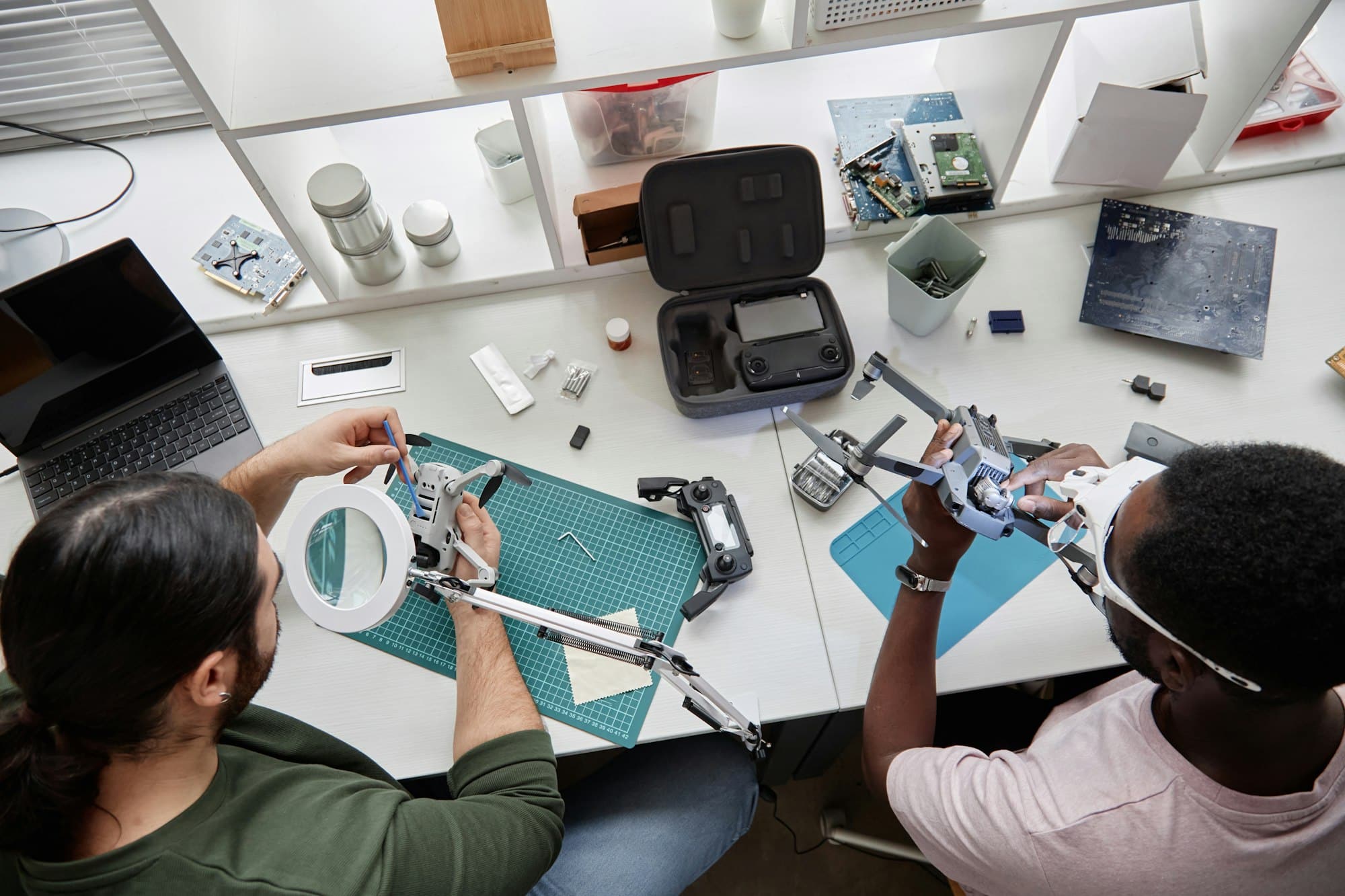What Innovations in Drone Tech Are Improving Emergency Medical Supplies Delivery?

In the ever-evolving realm of technology, drones have emerged as a pivotal advancement with potential to revolutionize numerous industries. One such area experiencing significant impact is the healthcare sector. Specifically, the delivery of emergency medical supplies has been transformed by drone technology, providing a swift and efficient response particularly in remote and inaccessible areas. This article delves into the key innovations in drone technology that are making a substantial difference in overcoming health delivery challenges.
Drones: A Game-Changer in Healthcare Delivery
In the past, the transportation of emergency medical supplies largely relied on traditional means such as ambulances or helicopters. However, these methods often faced obstacles in terms of time, access, and cost, especially in remote or disaster-stricken areas. This is where drone technology is making a tangible difference.
In parallel : Unlock amazing deals with the apple mystery box today!
Drones, or unmanned aerial vehicles (UAVs), come equipped with GPS and data capabilities, enabling them to travel to designated locations quickly and accurately. With the ability to bypass traffic and challenging terrain, drones can deliver crucial medical supplies, such as blood samples, vaccines, or emergency equipment, in a fraction of the time that conventional methods would take.
Innovations in Drone Design and Operations
The ongoing advancements in drone design and operations are instrumental in enhancing the efficiency of medical delivery. A study published on PubMed highlights the development of drones with increased payload capacities, longer flight durations, and improved navigation systems, allowing for more extensive and accurate delivery operations.
Topic to read : Unforgettable commercial ads: 15 masterpieces that inspire
Many drones now feature foldable designs, making them compact and easy to transport. They also possess sophisticated sensors for obstacle detection and avoidance, ensuring safe and smooth operations. Furthermore, drones are increasingly integrated with advanced data and AI technologies, enabling real-time tracking and communication.
The Role of Drones in Emergency Response
In times of emergencies, every second counts. Natural disasters, accidents, or health crises necessitate swift action, and this is where drones have a significant role to play. By delivering essential medical supplies promptly to the affected areas, drones are helping save lives.
In addition to delivery, drones are also being utilized for reconnaissance in disaster-stricken regions, relaying crucial visual data to response teams. Moreover, drones equipped with thermal imaging cameras can assist in search and rescue operations by locating survivors in challenging conditions.
Overcoming Health Delivery Challenges in Remote Areas
One of the glaring challenges in healthcare is ensuring access to medical services in remote or hard-to-reach areas. Traditional delivery methods often fail to provide timely assistance in these regions due to infrastructural or logistical constraints.
This is where drones are proving to be an invaluable asset. They can easily navigate difficult terrains and deliver medical supplies swiftly and efficiently. For instance, in 2019, a company called Zipline used drones to deliver blood supplies to remote hospitals in Rwanda, proving the effectiveness of this technology in real-world situations.
The Future of Drone Technology in Healthcare
As per a report on Crossref, the global drone market in healthcare is expected to reach $947 million by 2027. This growth is driven by ongoing advancements in drone technology and an increasing recognition of their potential in healthcare delivery.
Companies and scholars are exploring innovative ways to enhance drone capabilities, such as solar-powered drones for longer flight times or drones equipped with cooling systems for transporting temperature-sensitive supplies. Governments are also formulating regulatory frameworks to facilitate drone operations in healthcare, indicating a promising future for this technology.
There’s no doubt that drone technology is set to play an increasingly important role in the healthcare sector, particularly in the delivery of emergency medical supplies. Through continuous innovations and improvements, drones are steadily overcoming the challenges associated with traditional delivery methods, paving the way for a more efficient and responsive healthcare system.
Advancements in Drone Technology for Medical Delivery
The drone technology, as found in various free articles, is subjected to continuous advancements through innovative designs and functionalities. These advancements are geared towards improving the capacity of drones to effectively deliver emergency medical supplies. Today, drones are designed to carry heavier payloads, fly for longer durations, and possess advanced navigation systems, as highlighted in a comprehensive article on PubMed.
A key area of innovation is the integration of sophisticated sensors in drones, which are designed to detect and avoid obstacles during flight. This not only ensures the safe delivery of medical supplies but also significantly reduces the risk of drone accidents.
Another notable innovation is the integration of artificial intelligence (AI) technologies in drones, enabling real-time tracking and communication. This innovation is crucial for emergency response teams as it allows them to monitor the progress of drone operations in real-time.
Furthermore, drones are now designed with foldable features for compactness and ease of transportation. This design innovation is especially important when drones are deployed in disaster-stricken regions and need to be easily transported to these areas.
Solar-powered drones are becoming more popular, as per a Google Scholar search. These drones are capable of longer flight times, increasing their efficiency in delivering medical supplies to remote areas. Additionally, drones equipped with cooling systems are being developed for the transportation of temperature-sensitive supplies such as vaccines.
Conclusion: Drones – A Catalyst for Revolutionizing Healthcare
Drone technology is undoubtedly a game-changer in the healthcare sector, particularly in the delivery of emergency medical supplies. They are helping overcome significant health delivery challenges, particularly in remote areas where traditional methods fall short.
Innovation in drone design and operations is instrumental to the success of this technology in healthcare delivery. With advancements such as increased payload capacities, improved navigation systems, obstacle-detection sensors, AI integration, and solar power, drones are set to transform healthcare delivery significantly.
As the drone market continues to grow, estimated to reach $947 million by 2027, according to a Crossref report, more innovations are expected. These innovations, coupled with the formulation of regulatory frameworks by governments, indicate a promising future for drone technology in healthcare.
Given the crucial role drones play in saving lives by delivering essential medical supplies promptly and their potential to improve healthcare delivery in remote and inaccessible areas, it is imperative that more investments be made in this technology.
Future research, as supported by PMC Free, should focus on how to further enhance drone capabilities to meet the dynamic needs of healthcare delivery. This includes exploring the potential of drone technology in other areas of healthcare such as telemedicine, medical consultations, and patient monitoring.
In conclusion, drone technology, bolstered by continuous innovations, is set to revolutionize the healthcare sector. By overcoming the challenges associated with traditional delivery methods, drones are paving the way for a more efficient, responsive, and accessible healthcare system. The future indeed looks promising for drone-based healthcare delivery.
